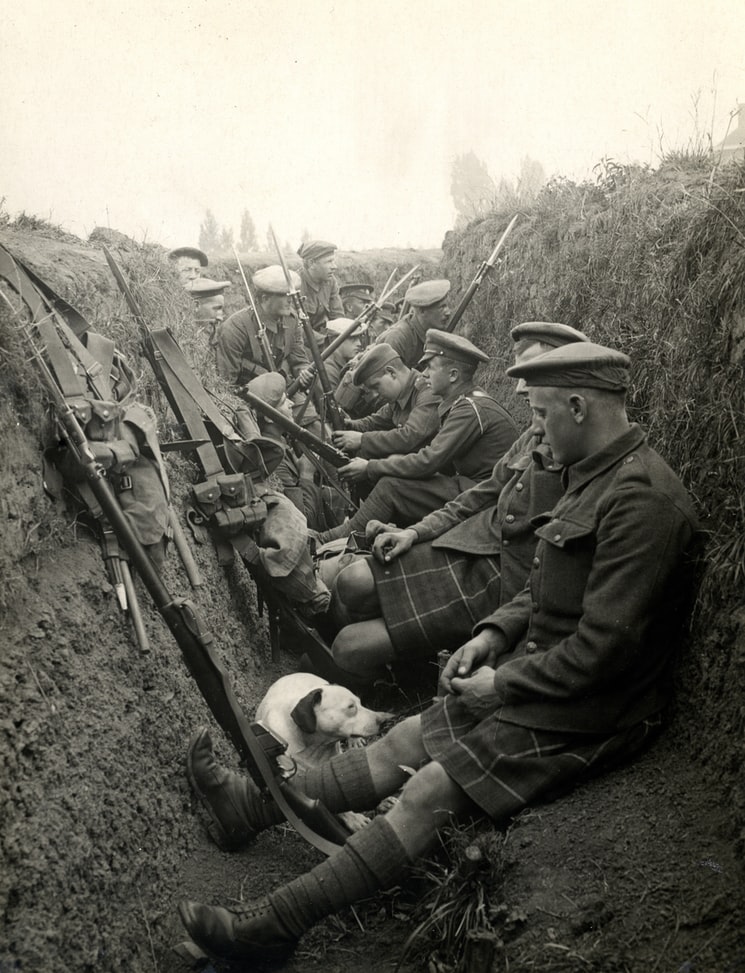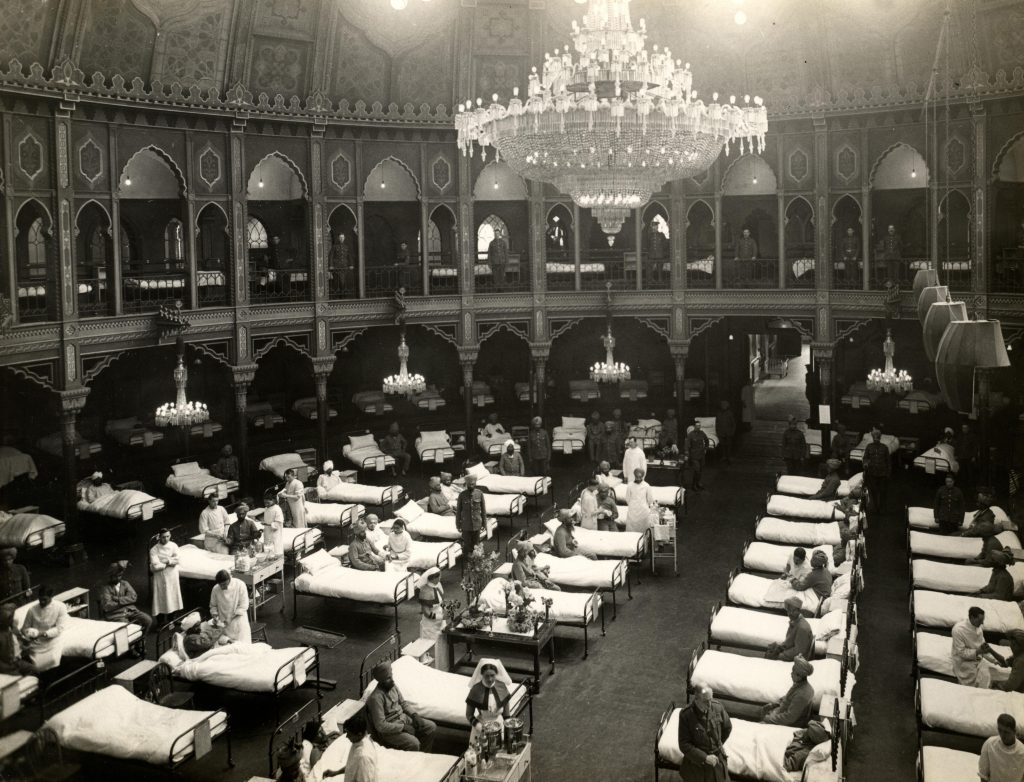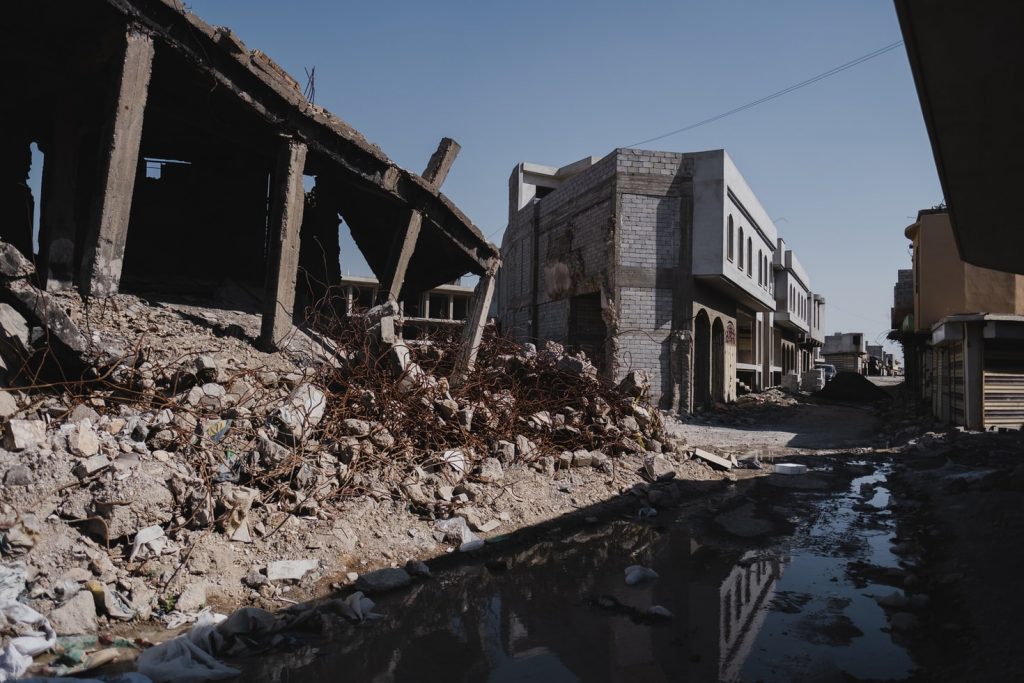The history of photography is in many ways the history of the world. In our media driven climate, we rely on images to convey feeling, meaning, to tell us what to think and why. The unfolding crisis in Ukraine has seen the media overwhelmed with images of missile strikes, people sheltering in the underground, bloody wounds and rifle-bearing civilians – and these images are not restricted only to news sites. In school, the horrors of past wars might have been shown to us in grainy documentaries and photographs, but the emerging possibilities of social media mean that now, we can witness the horrors of war on Twitter over breakfast, and almost in real time. It’s certainly bamboozling to see modern conflict aurally evoked in slam poetry, ironised in memes, or aesthetically reposted in Instagram stories: clearly, the intimacy of social media has left our generation struggling to get to grips with what ‘war’ might actually mean. Photos have historically helped us to keep in touch with the world around us, but are they now so commonplace they act as an alienation?
Some of the most poignant images of war in our recent history come from the first and second world wars. H. D. Girdwood’s photo series in the British Library play with the linearity of the manmade and the motion of the body to show the jarring contrast between humanity and violence. Highland Territorials in a trench (1914) depicts soldiers in a trench, guns stacked against the earthen walls and a dog lying crouched in the foreground. There’s something terrible in how the curve of the main subject’s body follows the line of the trench, his toes curling up to follow its V shape, with the gun completing the rest on the line. The evident trust between the dog and the people around him remind the viewer that these men were not violent, but were forced to become it. Soldiers were made to follow the shape of the trenches and almost meld into the structure of their guns, but reality only saw the contrasts between them grow stronger.
Another of Girdwood’s photos shows the Dome Hospital of WW1, a seaside palace converted into a hospital for Indian troops (The Dome Hospital, 1914). A chandelier dominates the frame, and, as if under its curving embrace, miniature-like figures stand or lay in hospital beds, lined up along the starkly contrasting floor. The opulence of the palace has not gone anywhere, but its beauty has. The muted contrast caused by the light glare at the top of the image diminishes the decorative design of the walls, making the beds a design, a pattern, in themselves. They are the focus, and no matter how decorated, they remain just as terrible.
More recently, freelance photographers have sought to themselves capture the conflict in Iraq. No longer in black and white, these photos already feel closer to home and the world as we know it in the 21st century. Levi Meir Clancy’s 2020 photo features the destroyed Shia shrine Sayida Zeyneb, which was recently rebuilt. The sloping skyline of the buildings is sharply delineated by a rich blue sky, with similar sepia tones to the rest of the photo. With the dominant line of the image sloping downwards, there is a sense that everything is on the edge of motion or collapse. Harsh shadows and areas of brightness emphasise places in which buildings are damaged, reminding viewers that war does not only hurt people and their livelihood, but their homes and places of worship too. The warm tones of the image feel somewhat unnatural, casting the scene of destruction in an aesthetically pleasing glow; the viewer is made to feel conflicted by the simple beauty of the photograph.
Another of Clancy’s photos shows a ‘View of typical ruins in the Old City of Mosul […] as well as signs of reconstruction’. A collapsing building in the foreground makes initial impact on the viewer, with harsh lighting again contributing to the drama and strength of the image. Almost perfectly following the line of the shadow coming from the right is a stream, which guides the eye towards the back of the photo and the hope of reconstruction with the building in the background. Reflected in the rubble and water is its history, a vaguely remembered past in which it was distorted and broken, like the building in front. Clear, blue skies remind viewers of the source of this town’s threat. The skies expose the viewer to a danger, from which there is no escape on the ground.
For copyright reasons I am unable to include images of the world’s most current conflict, but it is likely you will have seen them anyway. Every day a new headline shows a new, even more terrible photograph, calling for your clicks and attention. It’s somewhat surreal to be scrolling through an Instagram feed and see photos of friends, nights out, bombed houses, and #OOTDs. Photos of conflict are placed directly into our everyday lives, in a way that I think is detrimental to our mindsets about the seriousness of the topic. War is not just a post on social media. Looking back at historic photos makes it clear that images have a lot of power in provoking emotion, and are necessary to conveying a sense of unified horror – but no single photo can encompass the tragedy of war. As we have seen from the contrast between Western medias and Vladimir Putin’s accounts of the conflict, even supposedly neutral news pages have a bias and a story to tell. So do I! But when every source is telling the ‘truth’, when every image is taken as a whole story, we risk losing a sense of perspective. Sometimes, we might have to admit, there’s more going on than what is presented to us on-screen.



